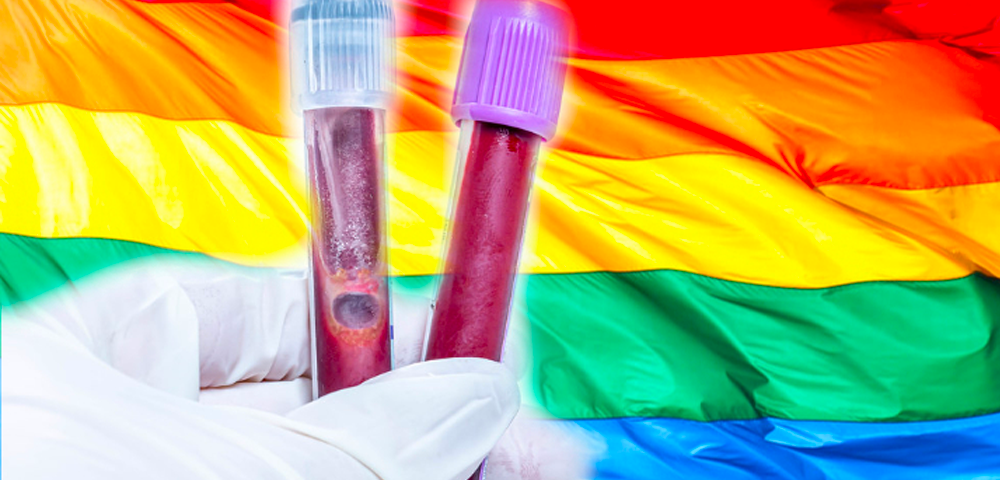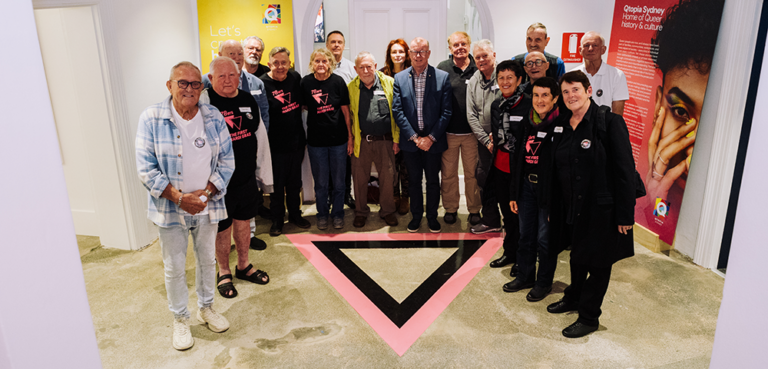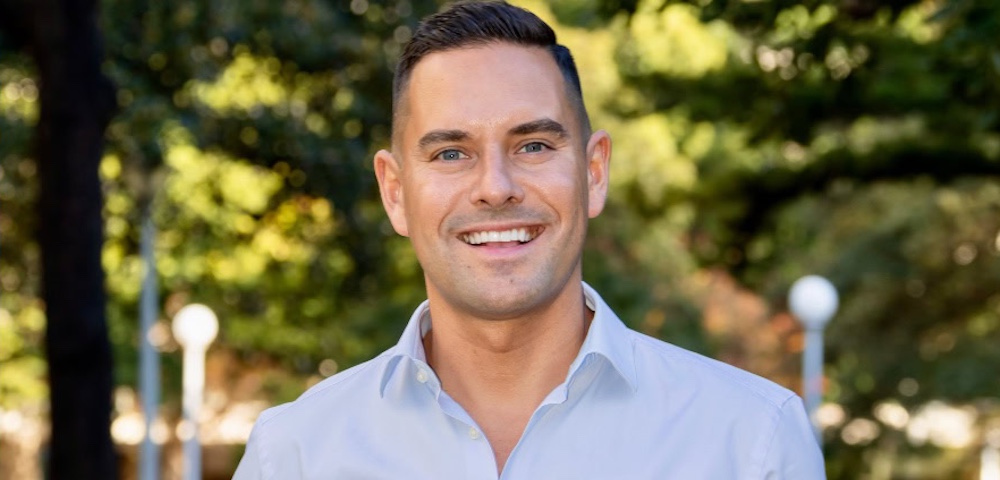
Melbourne Researchers Reach World First Discovery In Search For HIV Cure

A major step forward has emerged from Melbourne in the global fight against HIV, offering bold hope in the quest to find an HIV cure.
Scientists at the University of Melbourne’s Peter Doherty Institute for Infection and Immunity have achieved a world-first: harnessing mRNA technology, akin to that in COVID‑19 vaccines, not to prevent HIV, but to unmask it.
A world first in the search for an HIV cure
Scientists at the Peter Doherty Institute for Infection and Immunity have shared the exciting news in the quest to find an HIV Cure.
Although HIV is now regarded as a lifelong manageable condition, through successful ART treatments, there is still no cure.
While scientists continue to work towards this, activists continue to fight social stigma around the disease and raise awareness for those living with HIV.
Though antiretroviral therapy (ART) can successfully suppresses virus levels, it leaves the virus hidden in resting CD4⁺ T cells, creating a persistent reservoir that rebounds if treatment stops but does not create a cure or eliminate it.
Now Australian researchers have made a major breakthrough in HIV research by repurposing the same mRNA delivery system used in COVID-19 vaccines, not to prevent infection, but as a potential strategy to find a cure.
The study was published last month in the Nature Communications study, detailing the process behind their research.
Dr Paula Cevaal, a research fellow with the Doherty Institute who is the co-first author of the study is excited at this work, which she says is a first in HIV research.
“As HIV cure researchers, our goal has been to reach the virus where it hides. We programmed mRNA to tell infected cells to ‘give up’ the virus and make it visible. But getting the mRNA into those cells was the challenge,” she said.
“We were excited to see that a new lipid nanoparticle, essentially a tiny fat bubble, could carry mRNA into HIV-infected cells successfully. It forced the virus out of hiding, which is exactly what we need to start clearing it from the body.
“This is the first time this strategy has been shown to work so well in HIV-infected cells. Our hope is that this new nanoparticle design could be a new pathway to an HIV cure.”
Professor Sharon Lewin, Director of the Doherty Institute is a global leader in the studies to find an HIV cure. She is also the co-senior author of the study, Lewin says this research could be an important milestone in the future of their research in the field.
“Back in 2020, my lab started looking at mRNA to deliver a new treatment for COVID-19. That work sparked a lot of new ideas for HIV, despite the two being very different viruses,” said Professor Lewin.
“Over the last five years, we’ve built this whole new program of work to use mRNA and designed lipid nanoparticles to get to the HIV reservoir and eliminate persistent virus. Our work has changed dramatically and this study is an incredibly exciting milestone.”
While the news is promising it is still an early development and could still be many years until clinical trials could event begin.
Dr Michael Roche a Virologist at the Doherty Institute says the team are working towards a longer term goal of human trials as they currently prepare for preclinical testing in animal models.
“Moving into preclinical testing is a crucial next step in translating our findings from the lab to potential therapies,” he said.
“Importantly, this discovery could have broader implications beyond HIV.”
“The white blood cells where HIV hides are also involved in other diseases, including some cancers and autoimmune conditions. The ability to safely deliver mRNA into these cells opens new possibilities for treating a range of illnesses.”









